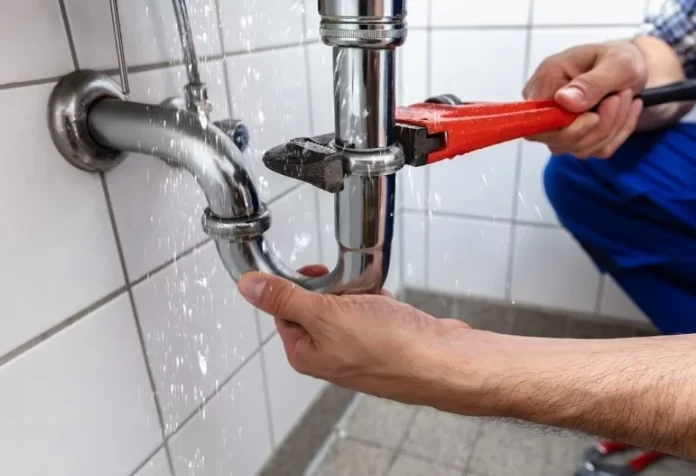As energy prices continue rising, homeowners are seeking out ways to shrink their utility bills. A prime target for savings that many overlook is enhancing the efficiency of their home’s plumbing and hot water systems. It turns out that nearly one-fifth of total energy consumption in the average home goes toward heating water, mainly for bathing, washing, cooking, and cleaning but also just compensating for passive heat loss from water pipes over time.
Thankfully there are several straightforward plumbing upgrades any motivated do-it-yourselfer can implement that can cut these costs by 25-50% or more. If a person isn’t confident doing these upgrades, they can request help from a plumber. Ranging from simple insulation to new heating equipment to innovative heat recovery technology, homeowners have more options than they realize when it comes to wringing the most savings out of their home’s water systems. Implementing several complementary hot water-focused upgrades can easily save hundreds per year in energy expenditures while also reducing one’s environmental footprint.
Avoiding Unnecessary Loss of Heat in Water Lines
Did you know 20 percent of your home energy costs go toward heating water? Minimizing the heat loss heat loss from hot water lines can bring energy costs down quickly. Insulate hot water lines or shorten the distance water needs to reach its destination to see these savings.
Whenever feasible, insulating hot water pipes with pre-slit foam tubing can drastically reduce conductive heat loss. This is an easy weekend project with supplies costing less than $30 from any hardware store. By installing foam pipe insulation on all accessible water lines from the water heater and leading to taps, showers, and appliances, you can avoid losing a significant amount of heated water’s thermal energy to the surrounding environment. The payback period for this basic and affordable plumbing upgrade is usually less than a year.
Install a Tankless Water Heater
Conventional tank-style water heaters constantly maintain a whole tank full of hot water, inevitably losing some degree of warmth over time. However, newer tankless (or demand-type) heaters only heat water as needed, providing warm water on demand without the standby energy losses of tank heaters. Although installing a tankless water heater has a higher upfront cost, it can reduce one’s hot water-related energy use by 30% or more. As an added perk, the unlimited on-demand warm water supply from tankless heaters supports the convenience of taking long showers without ever running out.
Use a Recirculating Hot Water Pump
In homes where the water heater is located far from taps, much energy is wasted while people wait for hot water to travel the lengthy distance to their faucet or shower. Installing an electric recirculating pump provides on-demand hot water by circulating it through a home’s plumbing so it’s always close to points of use. Recirculation system costs vary widely depending on the home layout, but the energy savings of almost 50% for hot water make it worthwhile. The system can typically pay for itself in reduced water and energy bills within 2 years or less. As an eco-friendly bonus, avoiding the need to run taps and showerheads excessively until heated water arrives also saves substantial volumes of water over time.
Taking advantage of various plumbing fixtures and design approaches to conserve heat and reuse what would otherwise be lost energy from hot water usage can pay substantial dividends. With thoughtful upgrades to insulate pipes, install efficient water heaters, recirculate hot water lines, or exchange heat with drain lines, you can realize massive savings on monthly energy bills, all while doing your part for a greener planet.













